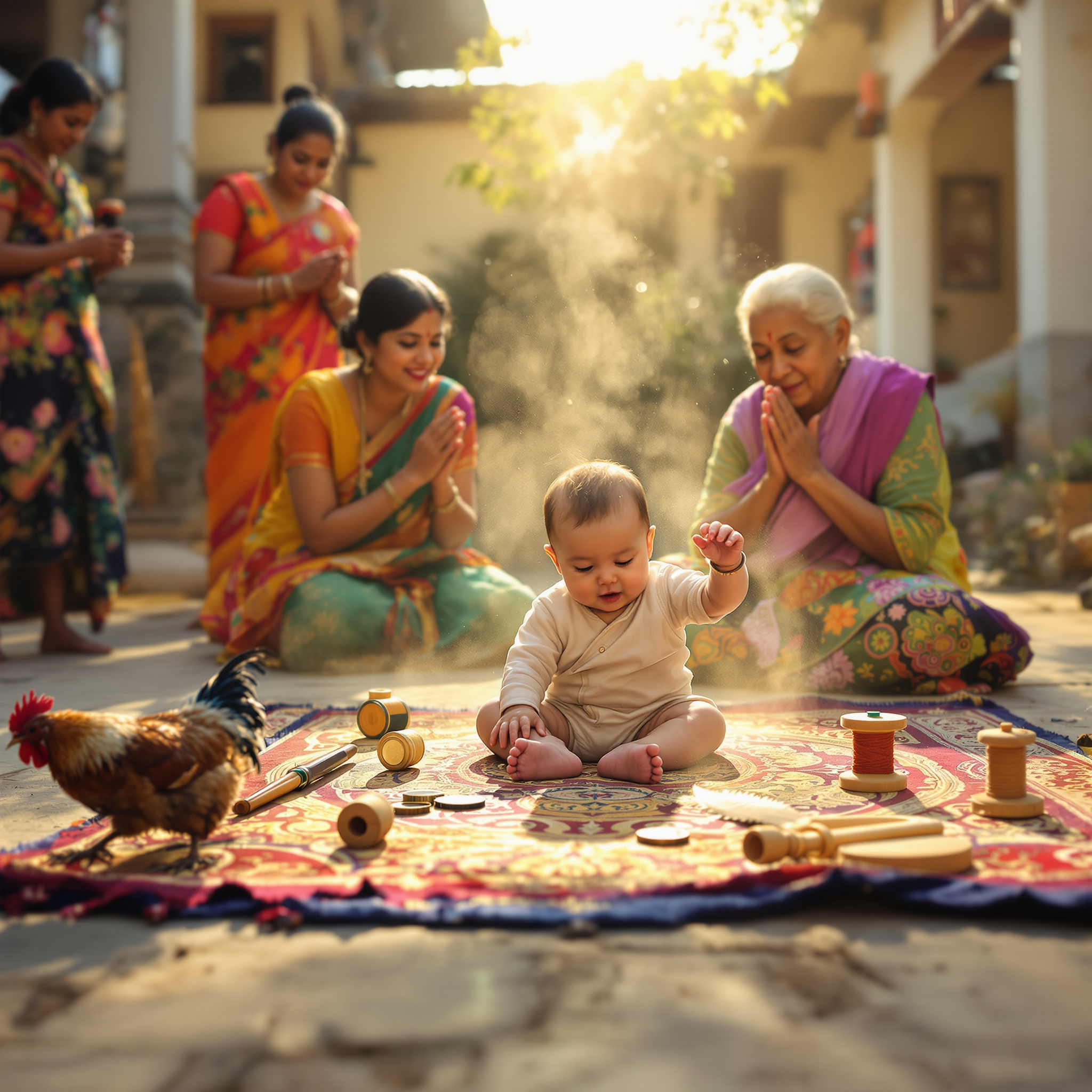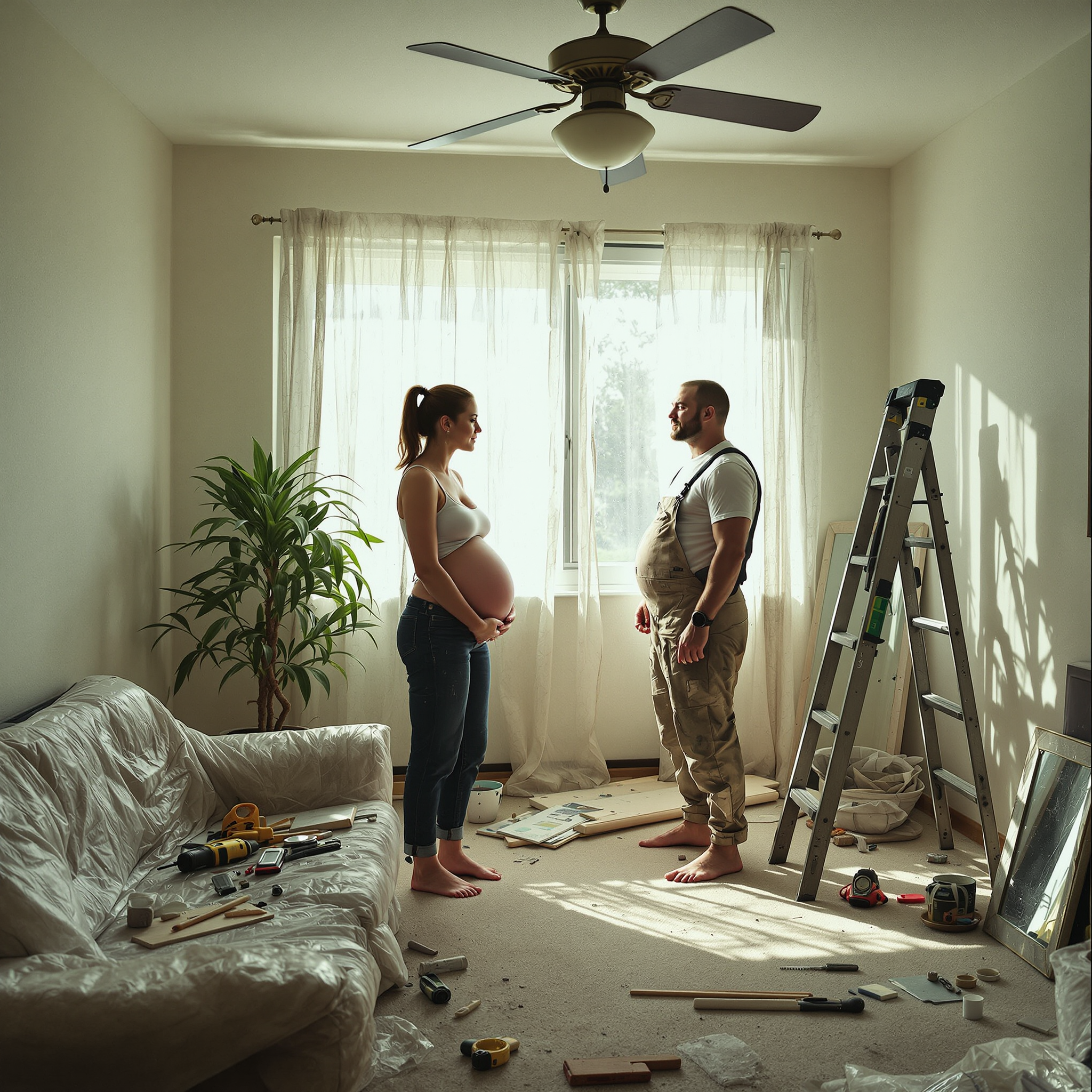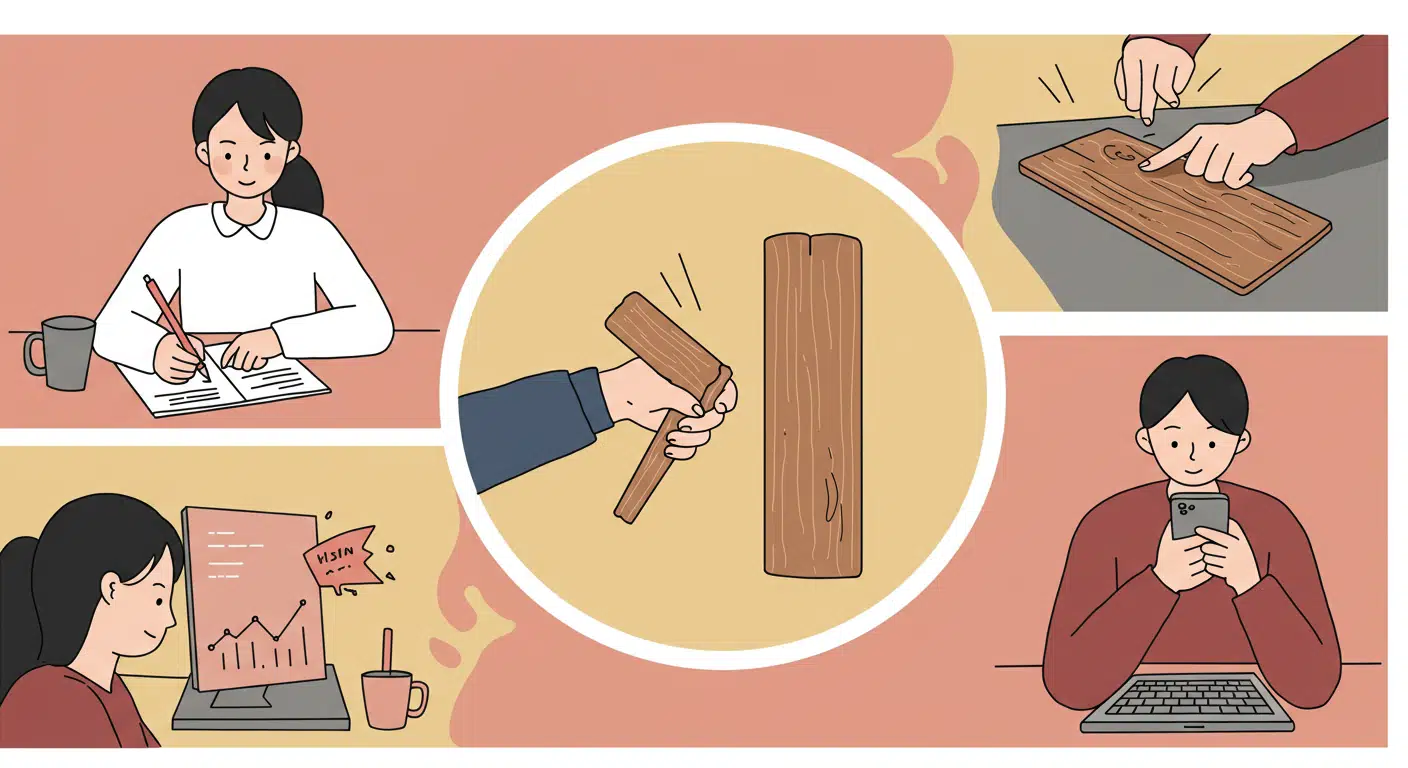According to widespread folk belief, mirrors possess the supernatural ability to capture a person’s soul or spirit. This was considered especially dangerous at moments of vulnerability such as sleep, illness, or death. A mirror that suddenly cracked was thought to signal that it had captured a soul, bringing seven years of misfortune. In some traditions, mirrors were treated as active spiritual agents: if a person died in a room with an uncovered mirror, their soul could become trapped within it. The soul would remain imprisoned until the mirror was broken or specific rituals were performed to release it.

A baby’s future career or fate is predicted by the first object they select during a ceremonial setup.
In several Asian and Eastern European cultures, a traditional ceremony is held for babies usually around their first birthday. Known


